We may earn money or products from the companies mentioned in this post. This means if you click on the link and purchase the item, I will receive a small commission at no extra cost to you ... you're just helping re-supply our family's travel fund.
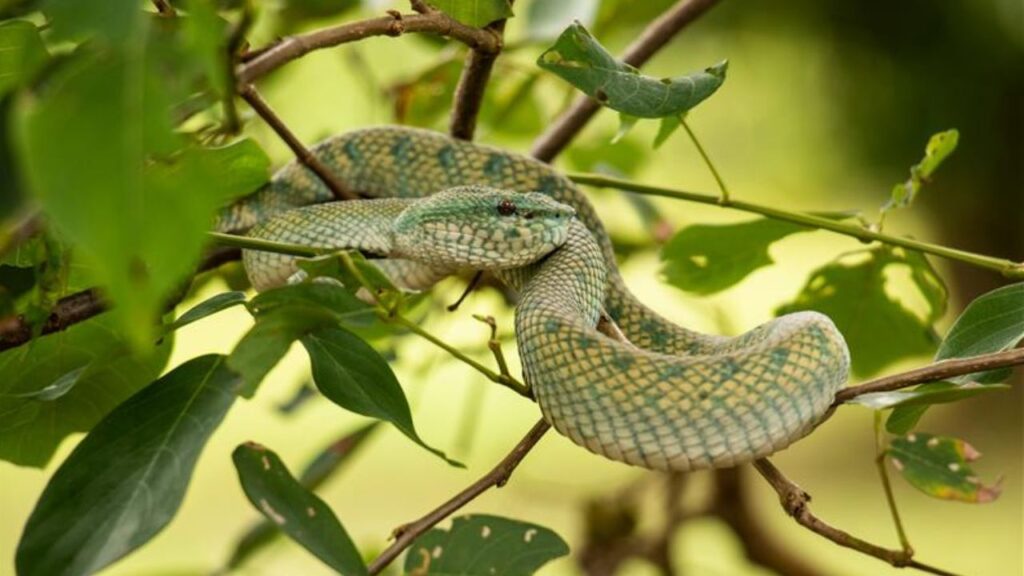
Just off the coast of Brazil lies a seemingly peaceful island that is anything but. Snake Island, officially Ilha da Queimada Grande, is home to thousands of deadly golden lancehead vipers. The island is so dangerous that the Brazilian government has banned public entry entirely. What makes this place so feared is not just the number of snakes, but their potency, mystery, and scientific value. Here are 12 reasons it remains one of the world’s most dangerous forbidden paradises.
Home to the Golden Lancehead
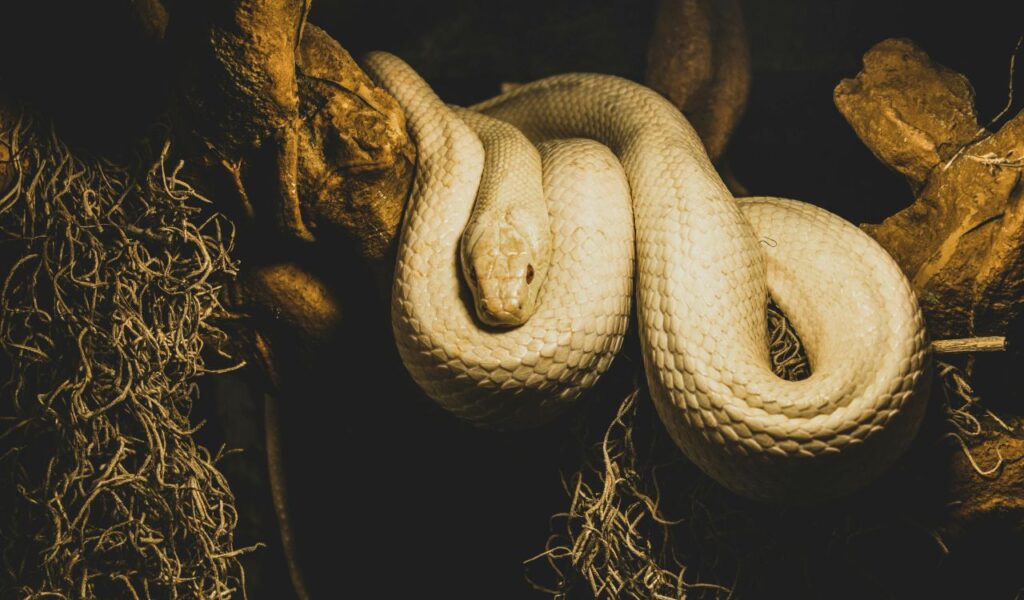
The golden lancehead viper lives nowhere else on Earth except Snake Island. Isolated thousands of years ago by rising sea levels, these snakes evolved with no predators and now dominate the island. Their numbers are staggering, and their presence has rendered the island uninhabitable. This rare viper is so important and so dangerous that scientists and conservationists monitor its population closely under controlled conditions.
Venom That Can Kill in an Hour
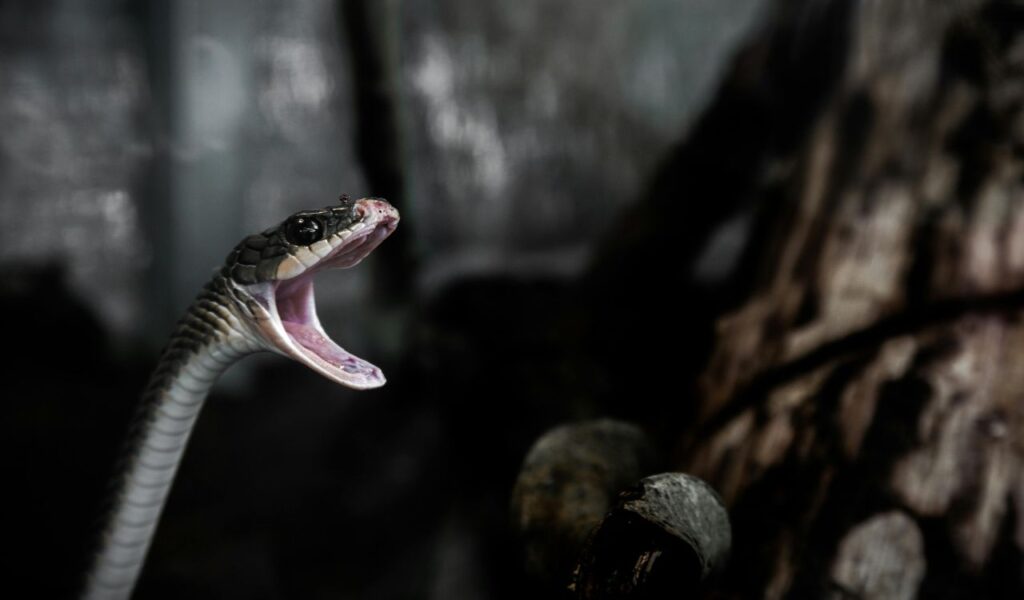
The golden lancehead isn’t just rare, it’s deadly. Its venom is up to five times more potent than that of its mainland relatives. It causes tissue destruction, internal bleeding, kidney failure, and potentially death, sometimes within an hour. Victims often suffer extreme pain and fast deterioration. The lethality of its venom is one of the key reasons the island remains closed to the public. One bite is enough to end a life if help doesn’t arrive in time.
Medical Help Is Out of Reach

One of the deadliest aspects of Snake Island isn’t just the snakes—it’s the fact that help simply isn’t an option. If bitten, you’re hours away from the nearest hospital, and even then, there’s no antivenom designed specifically for the golden lancehead. With no on-site medical support and no quick way to escape, even a minor misstep could be fatal. This extreme isolation is one of the main reasons the island remains completely off-limits to the public.
Snake Density Is Alarming
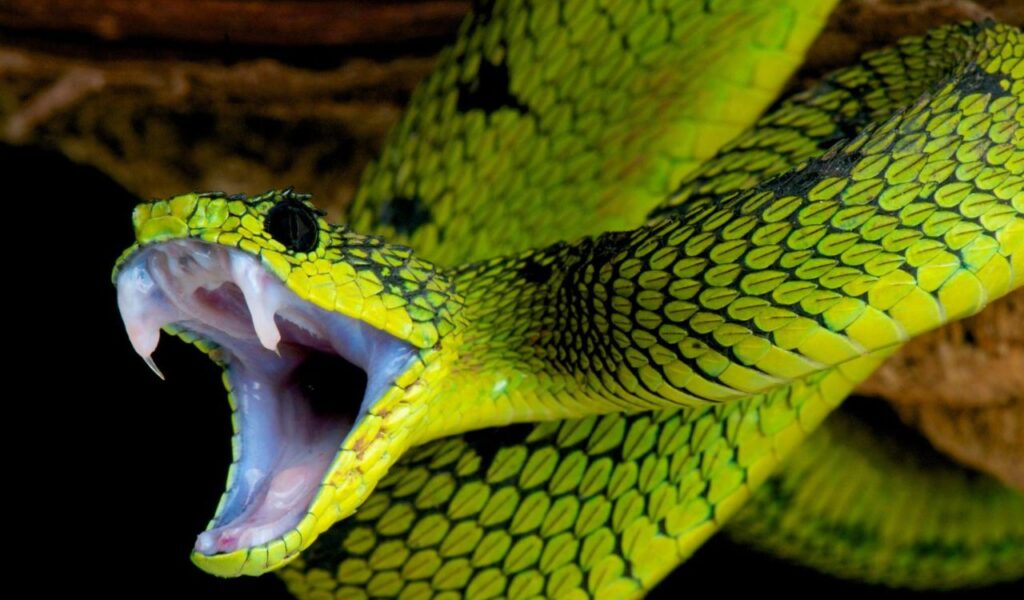
Snake Island has one of the highest snake densities in the world. Some studies estimate there may be one snake per square meter in parts of the forest. That means you can’t walk, rest, or even stand safely in many areas. The snakes are difficult to spot in the underbrush, increasing the risk of accidental encounters. Even professional researchers stay near the coastline and avoid the island’s interior unless absolutely necessary.
Public Access Is Banned
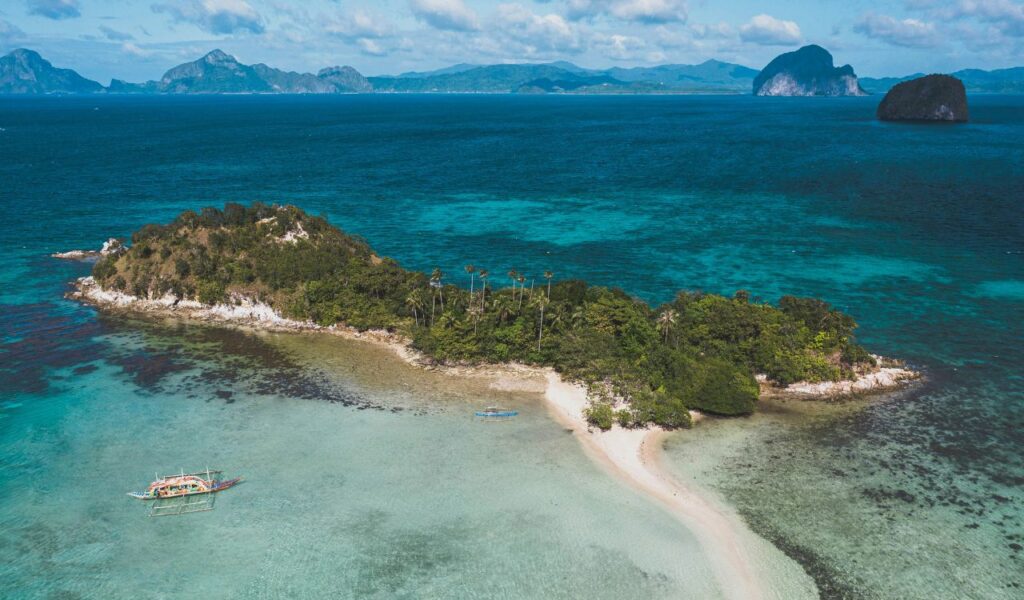
For decades, the Brazilian Navy has prohibited public access to the island. Only vetted researchers with special permits are allowed ashore. These visits are rare, and every step is taken under strict safety protocols. The goal is not only to protect people from the snakes but also to preserve the fragile ecosystem. The ban ensures that this dangerous paradise remains untouched and undisturbed by mass tourism or careless adventure seekers.
Black Market Puts the Island at Risk
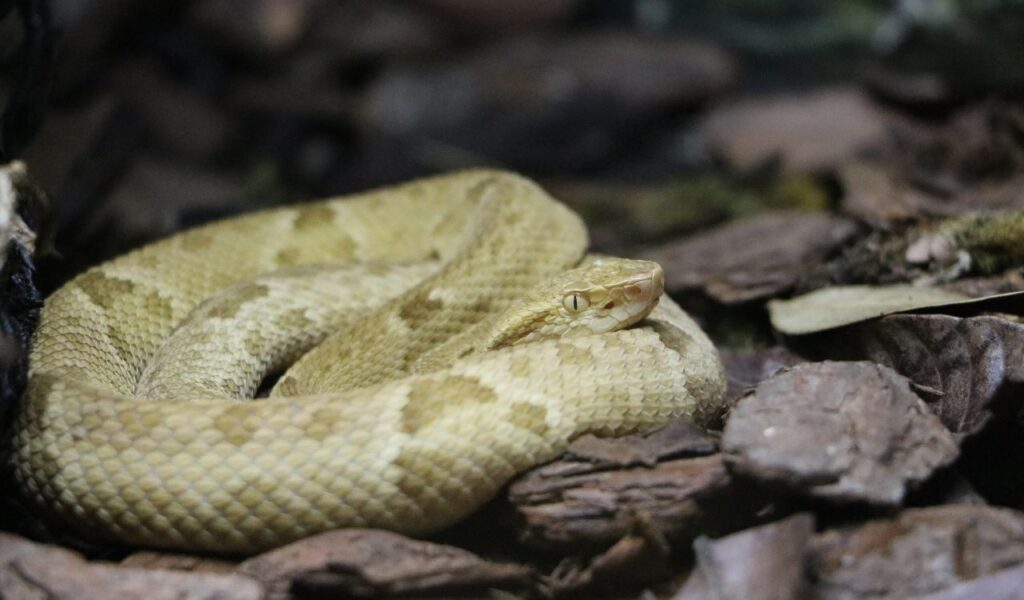
The isolation of Snake Island hasn’t stopped smugglers from targeting its rare residents. Golden lanceheads, prized by collectors and traffickers, can sell for tens of thousands of dollars each. Because the species lives only on this island, any poaching has a devastating impact on its survival. These illegal attempts have made conservation more urgent. Protecting Snake Island isn’t just about human safety—it’s also about preserving a fragile species on the brink.
Legends and Lore Enhance Its Infamy
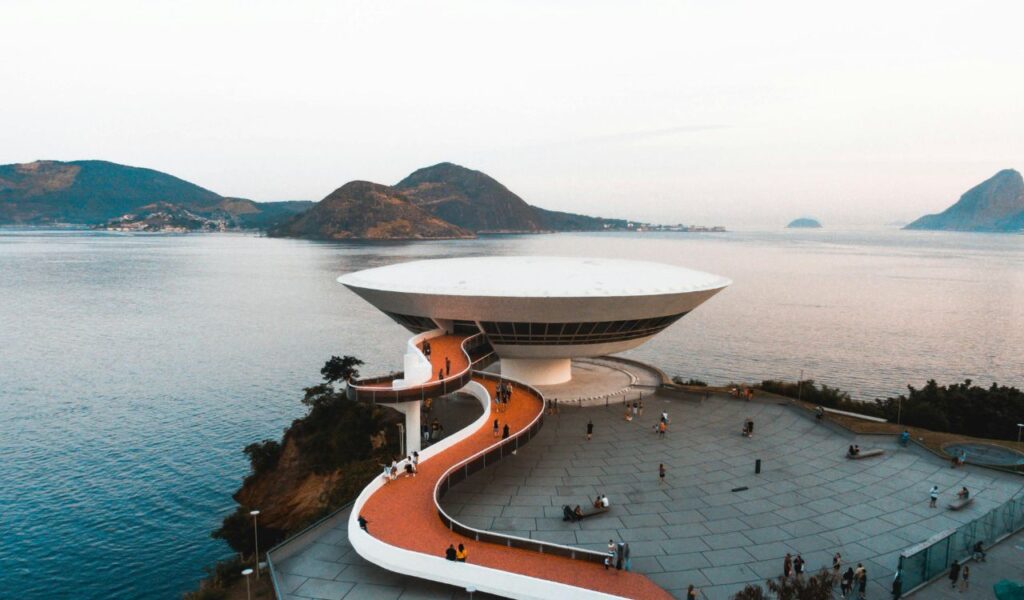
Snake Island’s fearsome image isn’t just about its deadly vipers—it’s also shaped by dark legends passed down for generations. From tales of a lighthouse keeper meeting a tragic end to rumors of hidden treasure guarded by serpents, these stories blur the line between fact and folklore. Though unverifiable, they intensify the island’s mystique. Together with the real biological threats, this eerie narrative has helped make Snake Island one of the most infamous forbidden places on Earth.
Snake Island’s Dangerous Ecological Edge
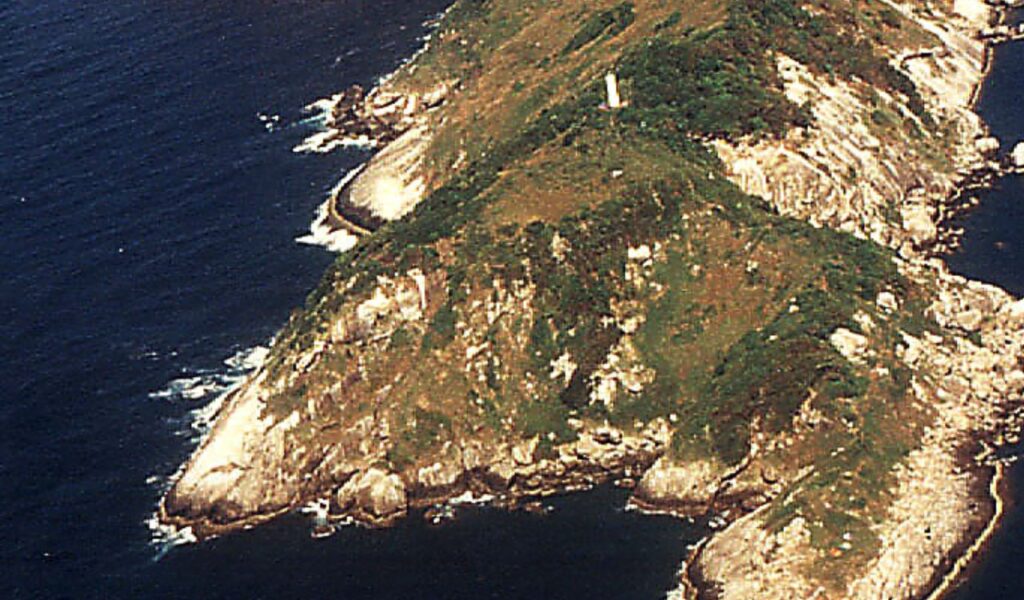
The island’s threat isn’t limited to venomous snakes. Its entire ecosystem is precariously balanced. One careless visit could disrupt years of scientific study or harm species that exist nowhere else. Conservationists emphasize that Snake Island must remain untouched not just for safety, but for preservation. The golden lancehead’s survival depends on isolation, and even well-meaning interference could cause irreversible damage. It’s a reminder that danger and fragility often go hand in hand.
A Venom Worth Millions
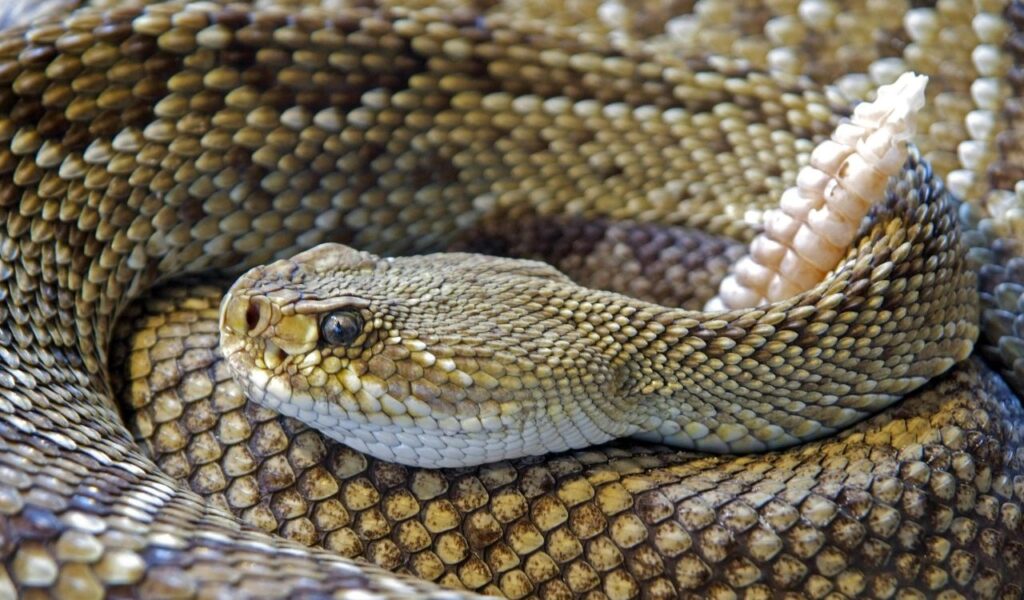
Despite its danger, the golden lancehead’s venom may hold the key to medical breakthroughs. Researchers are studying it for use in treatments for heart disease, cancer, and blood pressure disorders. This has made the island a scientific treasure trove. But extracting the venom requires extreme caution, and access is limited. The value of this venom both economically and medically adds to the urgency to protect the island from exploitation.
One of the Harshest Uninhabited Places
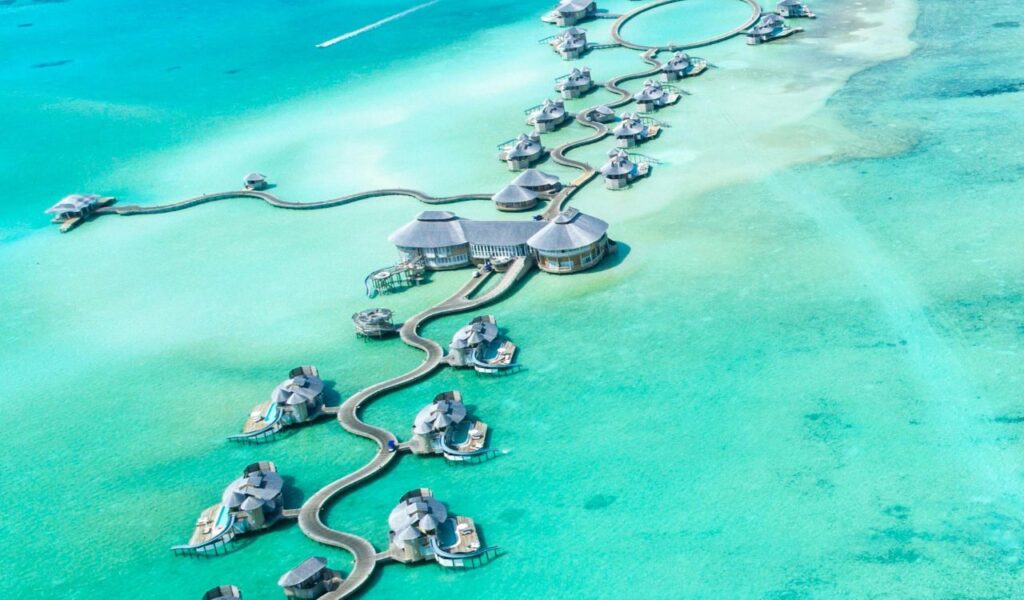
Snake Island is not just dangerous, it’s brutally inhospitable. There are no docks, no shelters, no safe zones. The terrain is steep and rocky, with thick forest covering most of the land. Even if someone dared to land there, they’d find no freshwater, no food, and nowhere to take cover. If something went wrong, help wouldn’t just be far away, it would be unreachable. This is one of the most hostile places on the planet for human survival.
Keep Snake Island Untouched
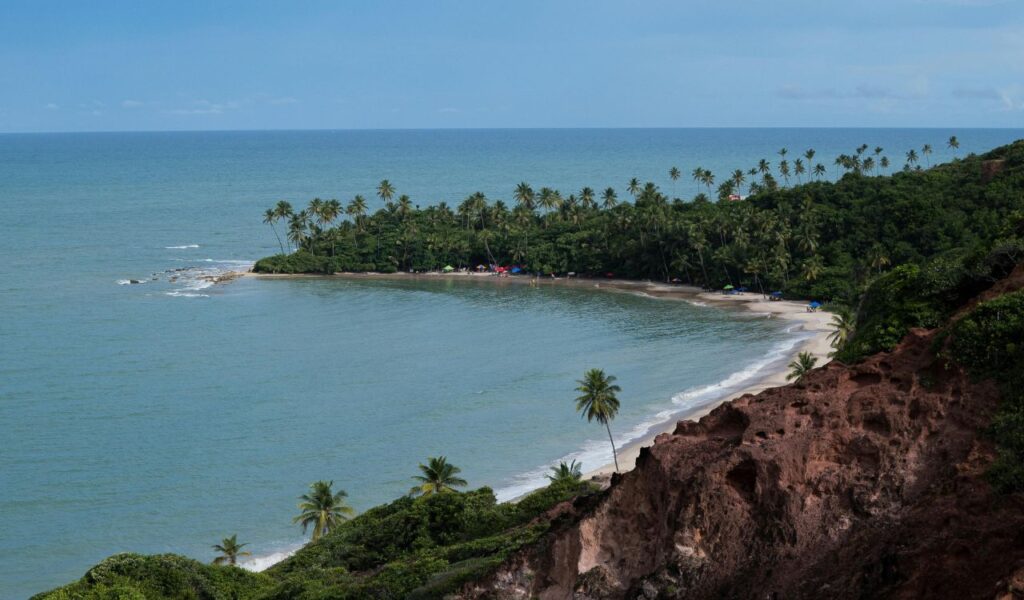
Snake Island isn’t just dangerous for humans it’s incredibly delicate for the snakes, too. Conservationists emphasize that even a single unauthorized visit could disrupt years of ecological research or damage the fragile balance that keeps the golden lancehead population stable. These snakes evolved in isolation and rely on a very specific habitat. Interfering with that, even unintentionally, could cause irreversible harm. This is a place that demands distance, not curiosity.
A Warning Wrapped in Beauty
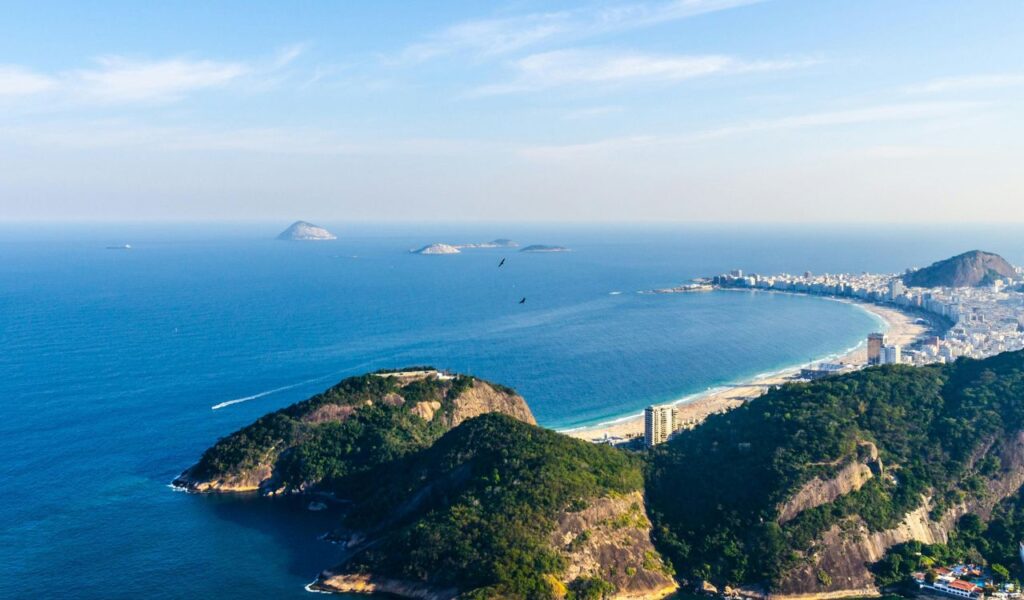
From a distance, Snake Island looks like a tropical paradise. It has green hills, dramatic cliffs, and ocean views. But its beauty hides deadly secrets. This island is a rare reminder that not all wild places are meant for people. While other destinations welcome exploration, Snake Island serves as a warning. Sometimes, the most powerful travel experience is in staying away. Respecting nature from afar is the only safe and ethical way to interact with this place.